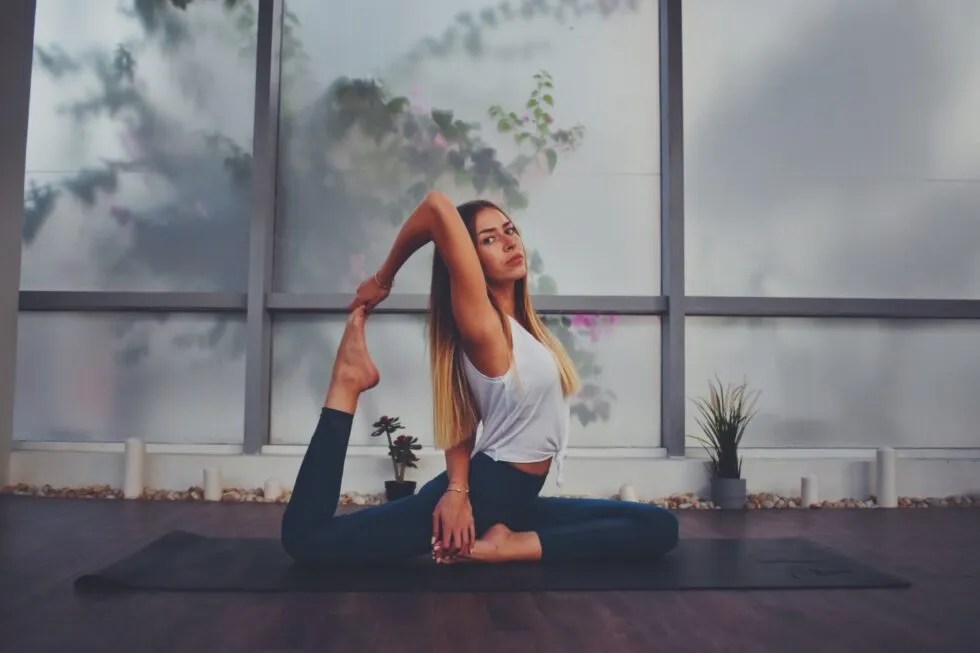What are the Key Principles of Pilates?

By Helen Everatt
Evolved from the original method devised by Joseph Pilates in the early 20th Century, Pilates is a low-impact exercise that focuses on strength and stability. There are 6 key principles of Pilates that promise to deliver various health benefits to participants, including mobility and good posture. Read on to learn more.
What is Pilates?
Pilates is based on the ideas of gymnast Joseph Pilates, originally called Contrology. Pilates and his wife, Clara, opened their first Pilates studio in New York in 1926, catering to dancers with injuries.
Similar to yoga, Pilates focuses on core strength, helping to improve posture, balance, flexibility, and overall well being. Pilates is a versatile exercise that can be modified to be either a gentle strength program for beginners and those recovering from injuries, or a challenging workout for more advanced practitioners.
The Key Principles of Pilates
There are 6 Fundamental Principles of the original Pilates method that remain true to this day; they are:
Breathing
The Pilates method typically instructs you to breathe out with the effort of the exercise and to breathe in on the return. Coordinating your breathing with movement is a large part of Pilates and instructors will continually remind you to engage with your breathing for maximum benefit.
Concentration
During Pilates you should focus on what you’re asking of your body to ensure smooth movement. This is notoriously difficult, however, with Pilates, how exercises are performed can be more important than the exercises themselves.
Control
Pilates is fundamentally all about being physically and mentally in control of your mind, body, and spirit.
Centring
To effectively control your body, you need to find your centre. This is often called the ‘powerhouse’, and encompasses the abs, upper and lower back, hips, buttocks, and inner thighs. In Pilates, all exercises should begin from, and engage the centre before extending out to the rest of the body.
Precision
Pilates is less about repetition and more about precision and perfect form. Perfect form is needed to gain the benefits of pilates, and will eventually become second nature to the point that it will radiate into your everyday life.
Flow
Pilates exercises are designed to flow into each other to build strength and stamina. The use of transitions and economy of movement is highly regarded, and is one of the things that separates beginners from more advanced practitioners.
Benefits of Pilates
Dancers came to Pilates for advice on conditioning exercises and techniques to overcome their dancing injuries. Pilates believed that his work was 50 years ahead of its time and could see that modern lifestyle issues of poor posture and inefficient breathing patterns were factors that impaired people’s health. He believed that his approach was the right balance between physical intervention and mental training.
Over time, his approach evolved into exercises focusing on postural symmetry, breathing control, abdominal strength, spine, pelvis and shoulder stabilisation, muscle flexibility, joint mobility, and strengthening through the complete range of motion of all joints. This is partly due to advances in anatomical knowledge, but also because Pilates neglected to publish information about his method.
Benefits of Pilates Include:
- Strength
- Flexibility
- Joint mobility
- Posture
- Endurance
- Alleviation of pain and muscle tension
- Breathing control
Pilates at Katie Bell Physio
At Katie Bell Physio, we offer a large range of Pilates classes each week suited to different levels of fitness and advancement. We also offer online classes for those of you that prefer to exercise at home. Our classes are delivered by a team of experienced and friendly Pilates instructors that are here to help, whatever your goals are. Check out our Pilates classes here.
Please note that all classes are currently given online due to COVID restrictions.

